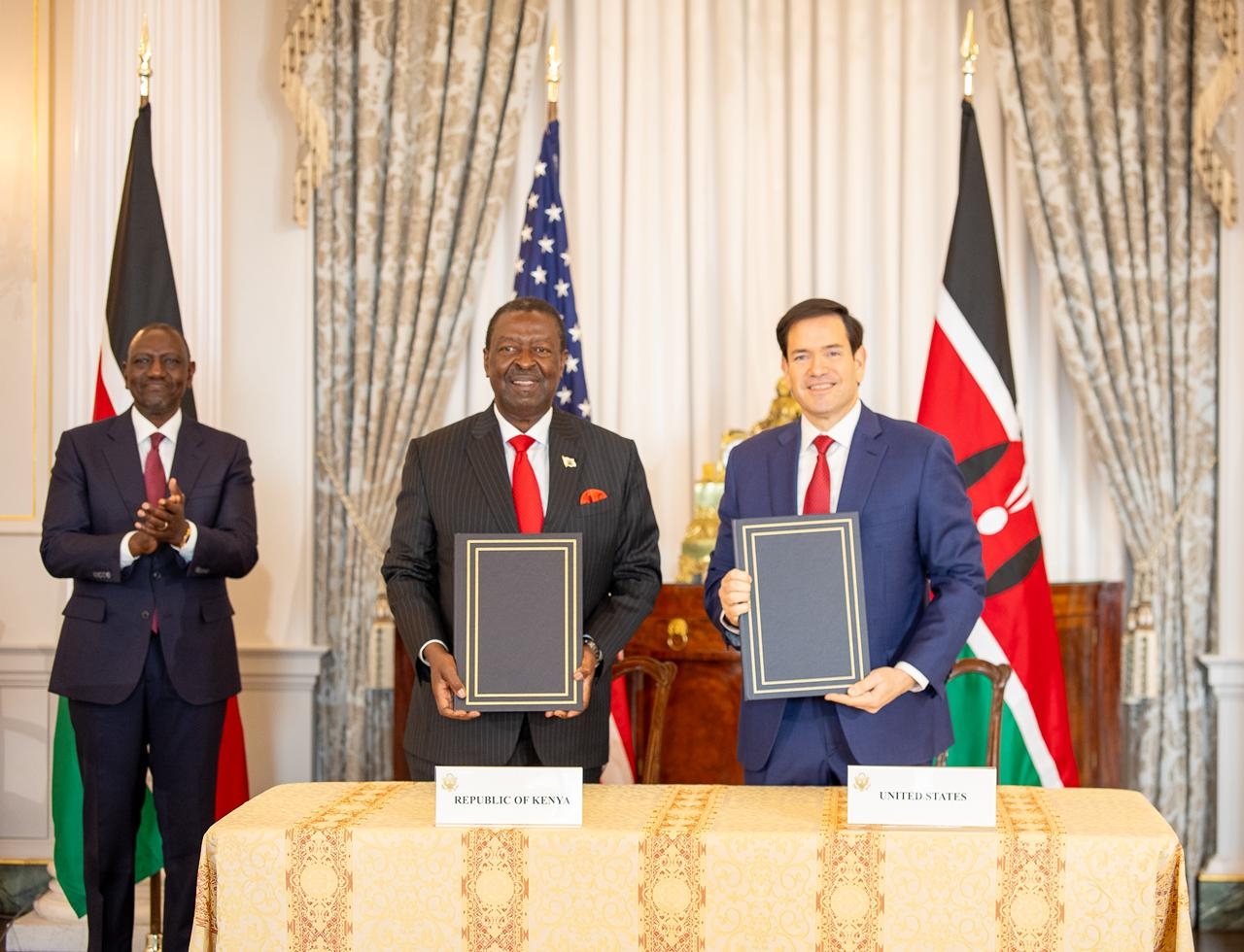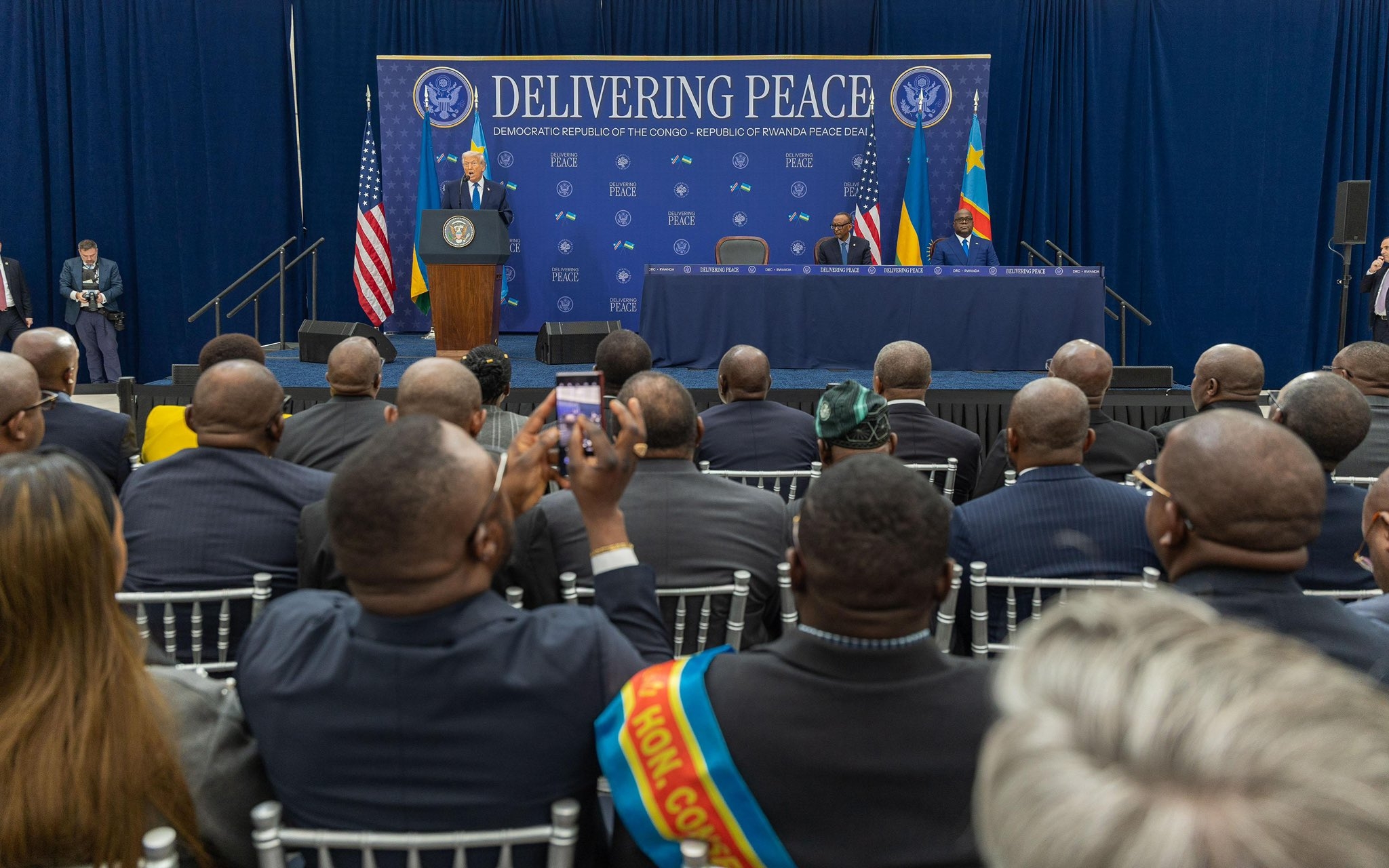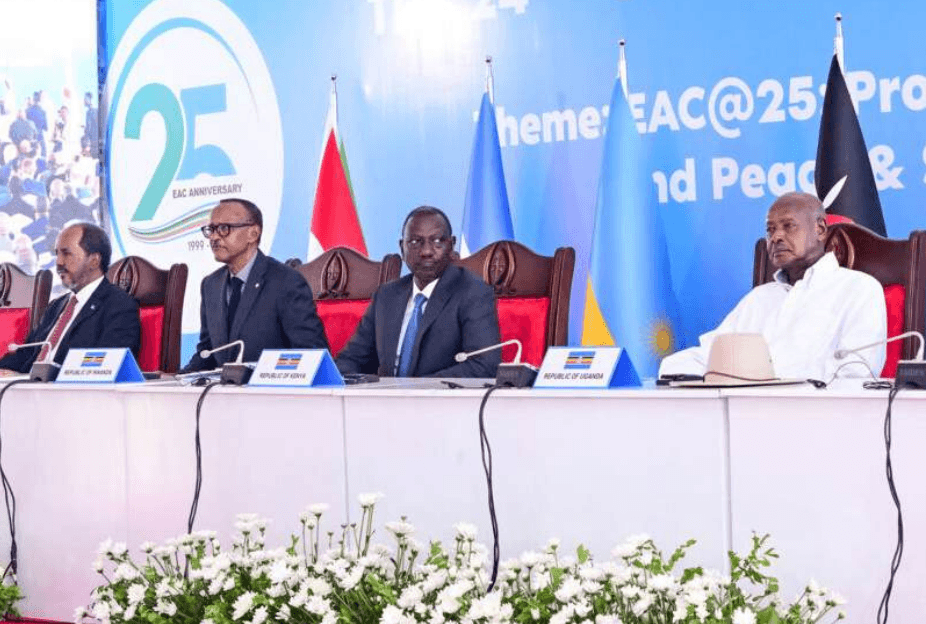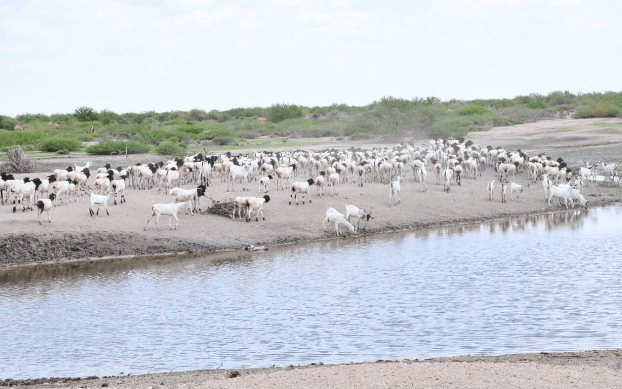Murang’a MCAs want the county government to desilt 40 communal dams and water pans to enhance their functionality.
The water committee, led by Gitugi MCA Edwin Mwangi Wairagu, has observed that majority of the dams and water pans serving the community are in dire need of maintenance.
In a report tabled and adopted by the assembly, the MCAs noted that most of the dams are in semi-arid parts of the county and about 15 of them are either non-functional or partially functional.
Maragua constituency suffers acute water shortages despite having the highest number of dams with 25, Gatanga constituency has 11, Kigumo has one while Kiharu constituency has three water pans.
Some of the largest dams that include Muli dam that serves 500 homesteads, Gikono (450), Gakoigo (400), Mitubiri (300) and Methi Swani (350).
Others include Katipanga (800), Punda Milia (700), Githanji (350), Mariki 1 (300), Mariki 2 (400), Mariki 3 (450) and Dera dam (300), all in Maragua constituency.
Most of the dams are used to harvest rainwater for domestic purposes, livestock consumption and irrigation.
The MCAs now want the county government to formulate policies that will guide management of county-owned dams and water pans.
They also called on the county administration to consider desilting all the dams to enable them to serve more people and boost the local economies through enhanced production of agricultural produce.
“Most of the dams require desilting, fencing and rehabilitation to increase their capacity,” Mwangi said while tabling the report for adoption.
The MCAs also want the department of water to fence all communal dams and water pans so as not to endanger the lives of local children and livestock.
They also urged the county government to establish separate drinking points for livestock, especially in the bigger dams.
“Due to the high demand for water in Mitubiri ward, the county executive committee member for water should consider pumping the water uphill from Mitubiri dam for use by residents,” he said.
They also urged Governor Irungu Kang’ata to factor the construction of two dams in Gitugi ward that is also semi-arid in the next budget.
"The county should submit quarterly reports on implementation status of the dams and water pans for consideration and monitoring by the committee,” the report read.
In March this year, the county government launched a programme to sink 20 boreholes in priority areas.
Despite producing about 82 per cent of the water consumed in Nairobi county and its environs, Murang’a county’s water coverage stands at 66 per cent. Many residents are exposed to contaminated water from wells and rivers that spark waterborne diseases’ outbreaks.
The county hosts Ndaka-ini dam, the largest reservoir in the country, and is set to host another dam dubbed Maragua Four dam that will supply water to both Nairobi and Murang’a counties and will cost the government Sh45 billion.













